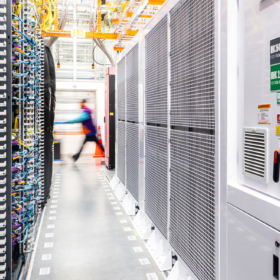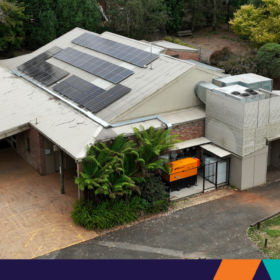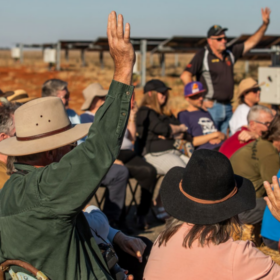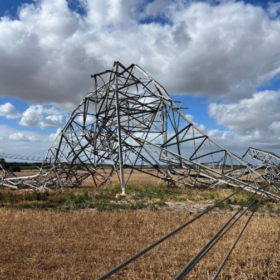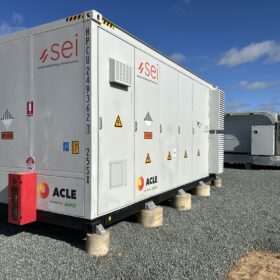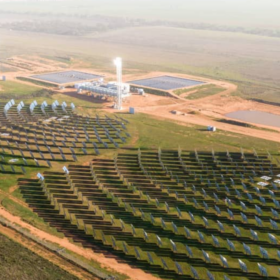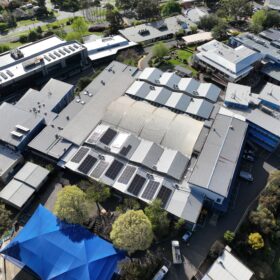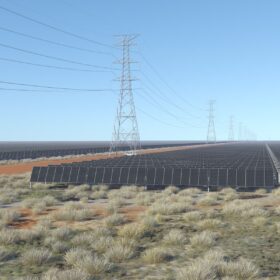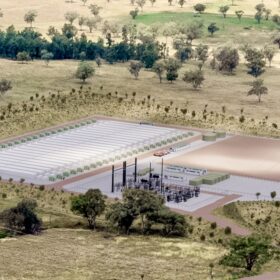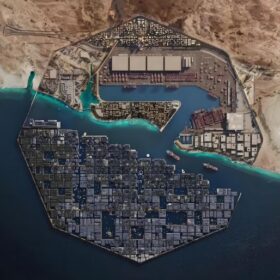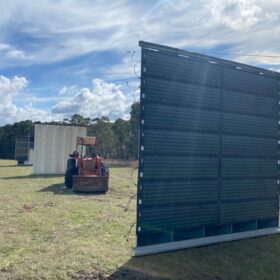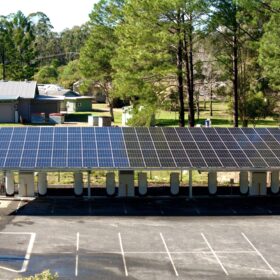Powering Australia’s data centre boom: Navigating energy compliance and opportunity
Australia’s data centre sector is booming, driven by AI and digital growth – but so too are the energy and regulatory challenges.
$6.6 million neighbourhood batteries program kicks off final funding round
The Victorian government has launched its third and final round of grant funding through the 100 Neighbourhood Batteries Program, offering $400,000 per battery through multiple streams of eligibility to a pool of nine council regions.
Benefits sharing guide launched for communities in renewable energy zones
Community Power Agency has released a guide for regional communities hosting multiple renewable energy projects to promote benefit sharing strategies that ensure a stake over the next 25 years in an estimated $1.9 billion opportunity.
No case to prosecute AusNet over Victorian transmission tower collapse
Energy Safe Victoria has found there is no case to prosecute AusNet Transmission for the collapse of six transmission towers in Anakie, north of Geelong, Victoria during an extreme storm event in February 2024.
Seven Victorian battery storage projects first to connect to Powercor DERMS
Seven regional Victoria battery storage projects, all at the commissioning phase, will be the first to connect to Victorian distributor Powercor’s high voltage distributed energy resource management system, adding stability to the grid.
Researchers discover method to extend quantum battery lifespan by 1,000 times
While attempting to address suparradiance in Dicke quantum batteries to leverage their fast charging qualities, researchers at RMIT University and the CSIRO have developed a method to extend the lifetime of quantum batteries by 1,000 times.
AGL aquires long-duration electro-thermal project from Photon Energy
AGL Energy has acquired the 150 MW solar, 90 MW thermal, and 720 MWh of storage Yadnarie Project from Dutch developer Photon Energy, and follows the project’s development approval received in June.
ARENA backs next-gen solar innovation with $60 million funding boost
The Australian government has announced $60 million in new funding for research and development projects that promise to accelerate cost reductions for PV technology and help meet the stretch target for “ultra low-cost” solar production.
Real-time monitoring makes most of rooftop PV
An expanded 199 kW rooftop solar system and energy management system featuring 14 power meters is helping a Victorian college slash its annual energy costs with projections tipping savings of more than $21,000 per annum.
Zen gets federal green light for solar and battery project
Zen Energy’s plan to build a 100 MW solar project and 200 MW battery with up to eight hours of storage capacity in southeast Queensland has been waved through the federal environmental approvals process.
